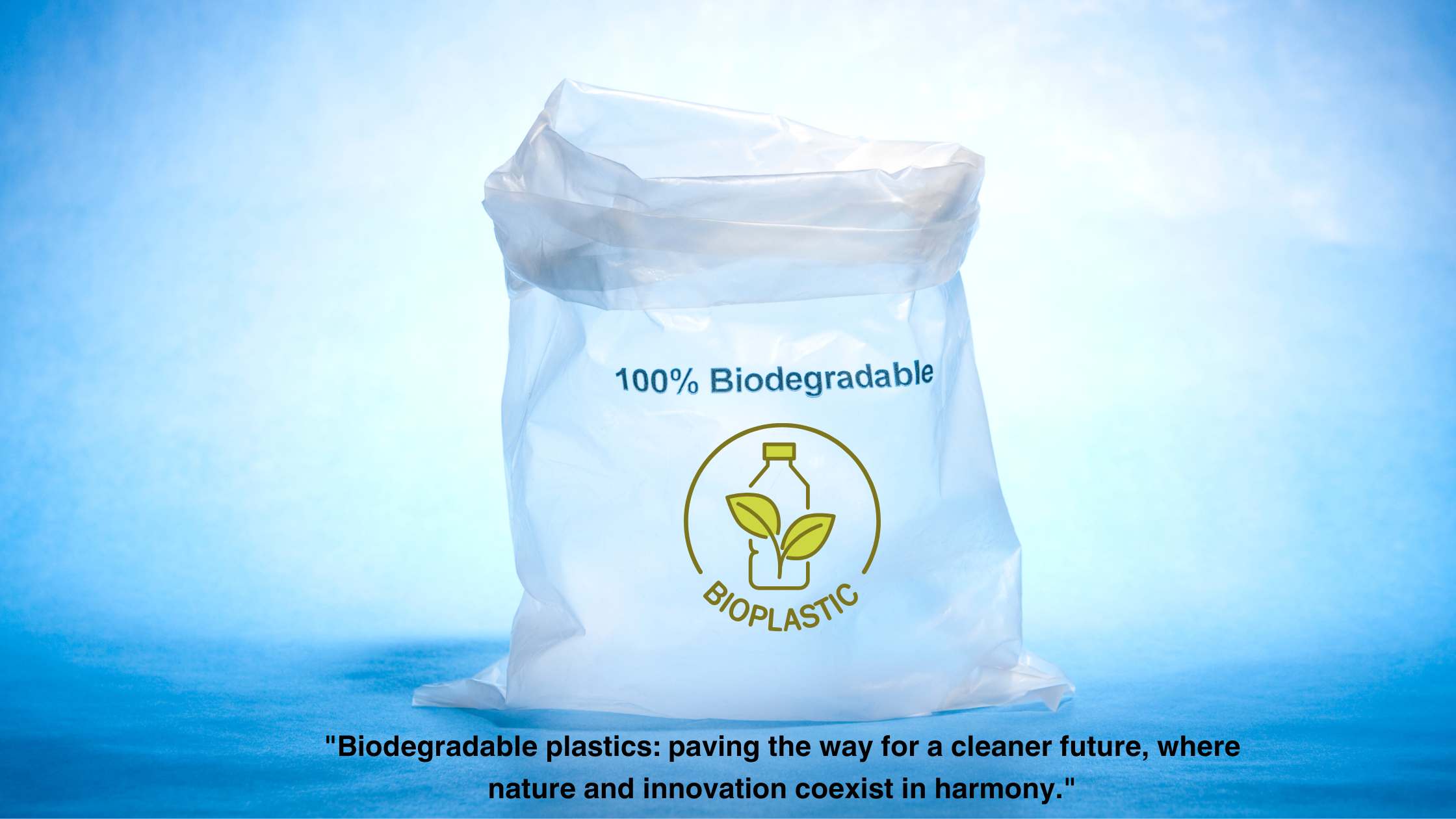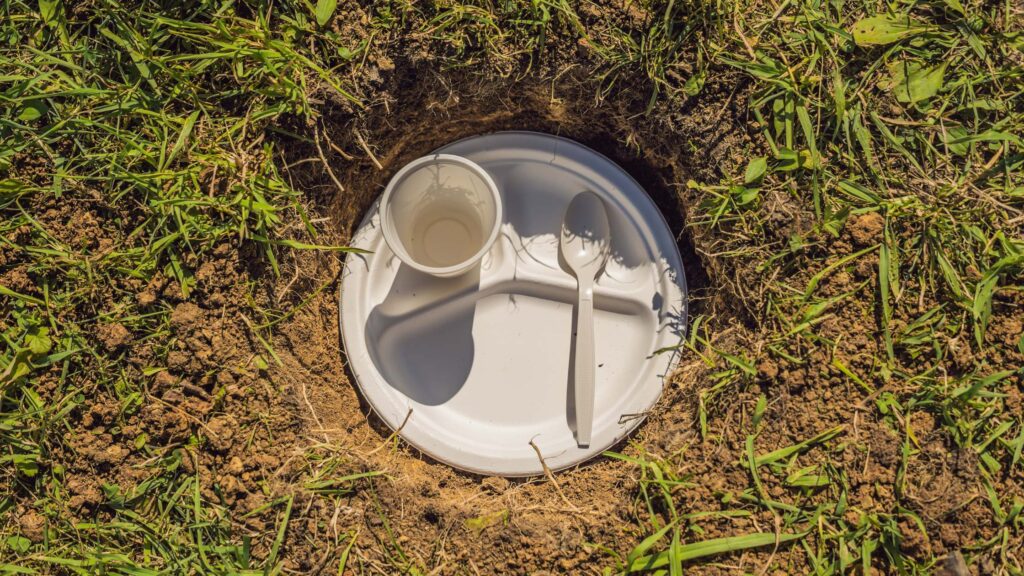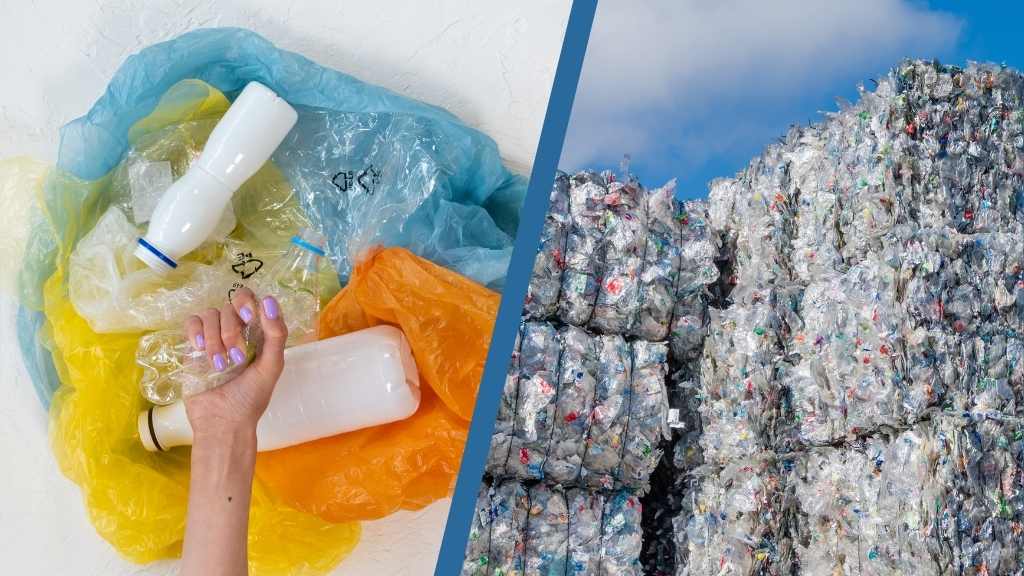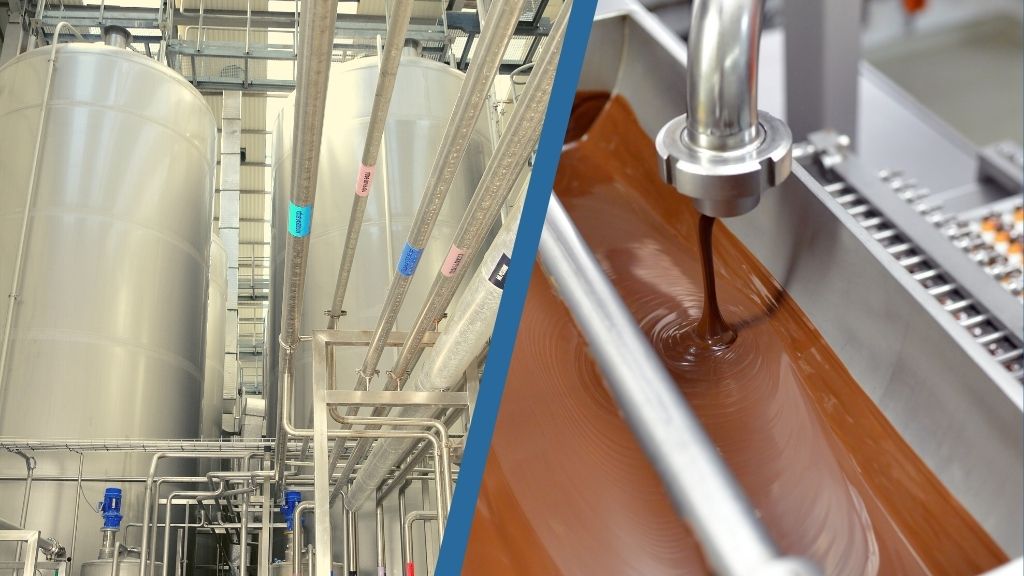Biodegradable Plastic Manufacturing Process
Towards a Sustainable Future:
Exploring Biodegradable Plastic Manufacturing
Plastic pollution has become a global environmental crisis, with an estimated 8 million metric tons of plastic waste entering the oceans each year. To combat this issue, there has been a growing interest in the development and manufacturing of biodegradable plastics. Biodegradable plastics offer a sustainable alternative to traditional plastics by breaking down naturally in the environment, reducing their impact on ecosystems. In this blog post, we will delve into the world of biodegradable plastic manufacturing, exploring the processes, materials, and potential benefits of this innovative approach.
Biodegradable plastic is a plastic that can be broken down into natural materials by microorganisms such as bacteria and fungi. This means that biodegradable plastics can be composted and returned to the environment, unlike conventional plastics which can take hundreds of years to decompose.

Types of Biodegradable Plastic
There are many different types of biodegradable plastics, each with its own unique properties. Some of the most common types of biodegradable plastics include:
-
- Polylactic acid (PLA): PLA is a thermoplastic made from renewable resources such as corn starch or sugar cane. It is often used to make food packaging, disposable utensils, and other items that are designed to be composted.
- Polyhydroxyalkanoates (PHAs): PHAs are a group of polyesters that can be produced by bacteria. They are often used to make medical devices, food packaging, and other products that require a high degree of strength and durability.
- Starch blends: Starch blends are made from a mixture of starch and other materials such as cellulose or plastic. They are often used to make disposable cups, plates, and other items that are designed to be composted.

The manufacturing process for biodegradable plastics varies depending on the type of plastic being produced. However, there are some common steps involved in the manufacturing of all biodegradable plastics.
Certain raw materials are used in combination to create biodegradable plastics through the process of handling, mixing, extrusion, and cooling. Pneumatic conveying systems and other bulk material handling systems are used as a starting point in the manufacturing of biodegradable plastics.
- Raw material handling: The first step is to unload and store the raw materials that will be used to make the plastic. Pneumatic conveying systems are also used to transport raw materials from storage to processing equipment. This can include materials such as starch, polymer pellets, and additives.
- Mixing and blending: Certain technology of blenders can be used to mix and blend different ingredients in the plastic formulation. This can ensure that the ingredients are evenly distributed before the next step, and that the final product has the desired properties uniformly distributed in the complete batch.
- Extrusion and Molding: The uniformly blended raw material is then extruded and cooled to a desired shape through a pelletizer. There are several solutions that can Indpro offers to enhance the quality of this final product. The pelletized product can then be conveyed pneumatically to the next step.
- Packaging and storage: The final product can be stored in storage silos in bulk before final packing. Final packing can be done using an automatic or semi-automatic machine to pack it into small bags or jumbo bags to then dispatch.
Bulk material handling systems can offer several advantages in the manufacturing of biodegradable plastics. These advantages include:
- Increased efficiency: These systems can help to improve efficiency by reducing the need for manual handling and transportation.
- Reduced risk of contamination: These systems help reduce the risk of contamination by preventing cross contamination between the raw materials as well as the finished products.
- Improved safety: Risk of accidents associated with manual handling and transportation is minimized since man movement is not required to produce the products.
- Healthy work environment: Well-designed material handling systems help improve overall workplace by containing dust which otherwise leads to air pollution issues.
Advantages of Biodegradable Plastic
- Environmental: Biodegradable plastics can be composted and returned to the environment, unlike conventional plastics which can take hundreds of years to decompose. This contributes to resource conservation and pollution reduction.
- Economical: Biodegradable plastics can be made from renewable resources, which can help reduce the cost of plastic production. Additionally, biodegradable plastics can be used to make a variety of products that are designed to be composted, which can create new markets for these products.
- Performance: Biodegradable plastics can offer similar performance characteristics to conventional plastics. For example, PLA can be used to make clear food packaging that is just as strong and durable as conventional plastic food packaging.

Disadvantages of Biodegradable Plastic
- Research required: Biodegradable plastics are still at a nascent stage and more research and development is required for establishing several stable compounds that can be used to replace the plastics used today.
- Availability: Biodegradable plastics are not as widely available as conventional plastics. This is because they are a relatively new technology, and the manufacturing process is still being refined.
- Composting infrastructure: To compost biodegradable plastics, they need to be disposed off in a composting facility. This is not always an option, as all communities may not have such composting facilities.



